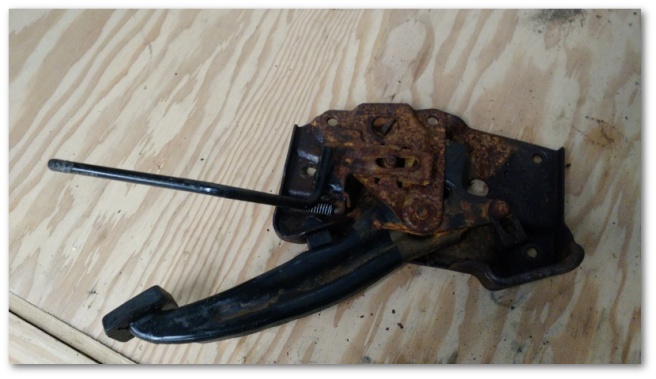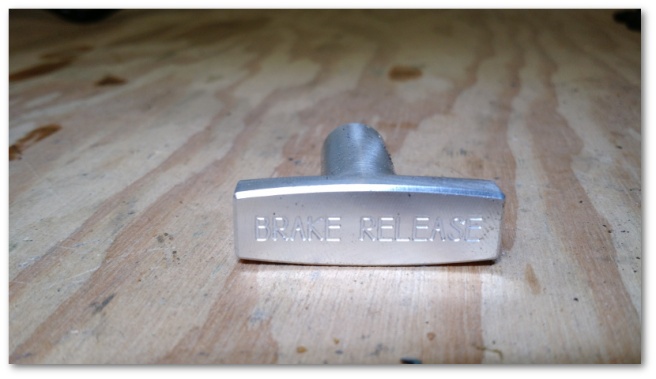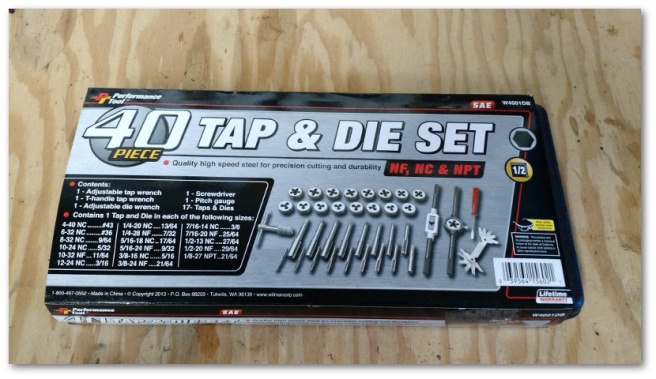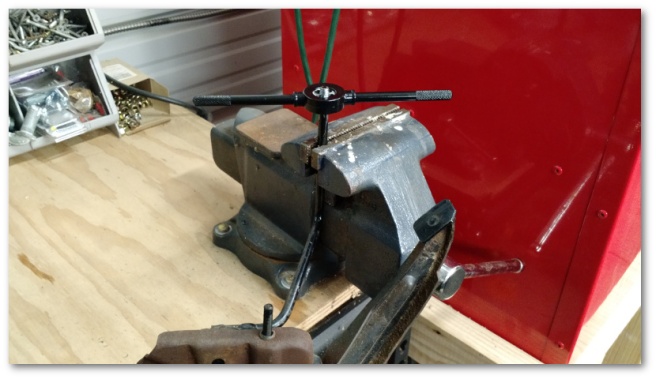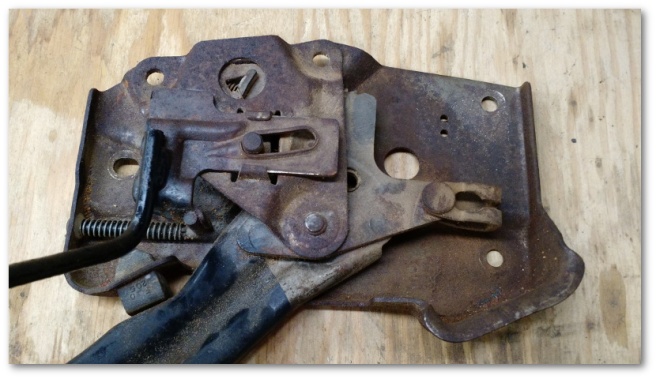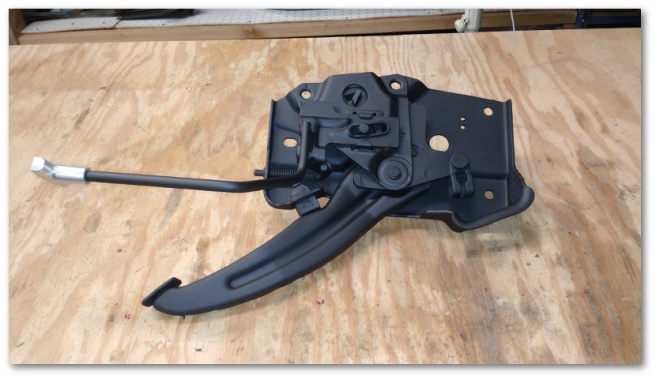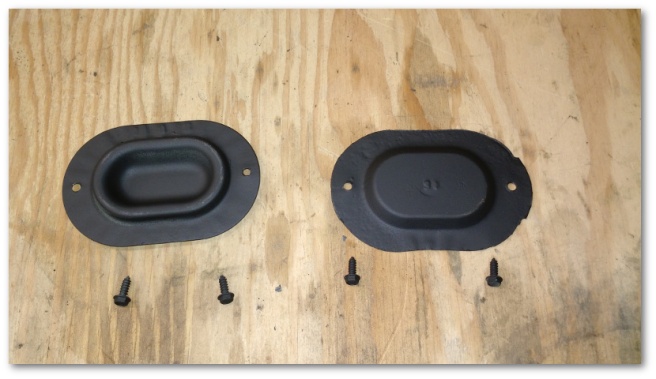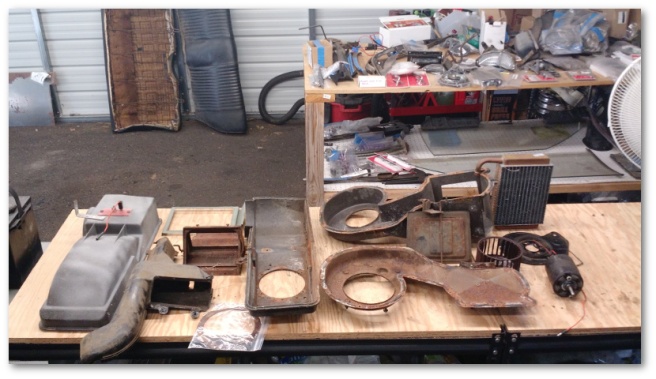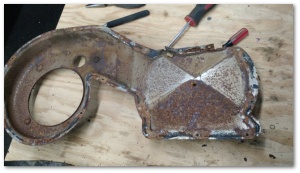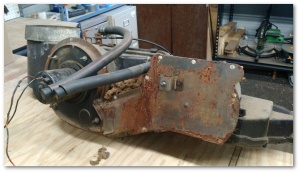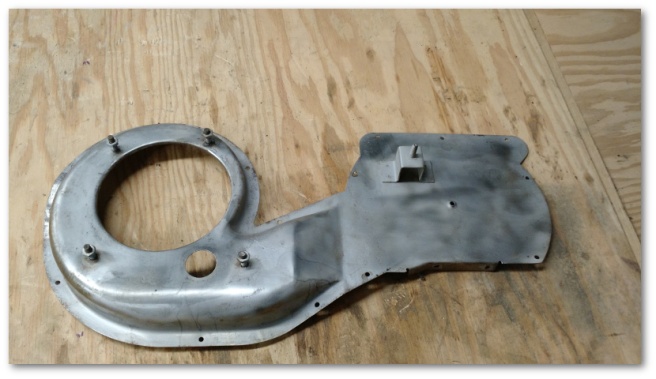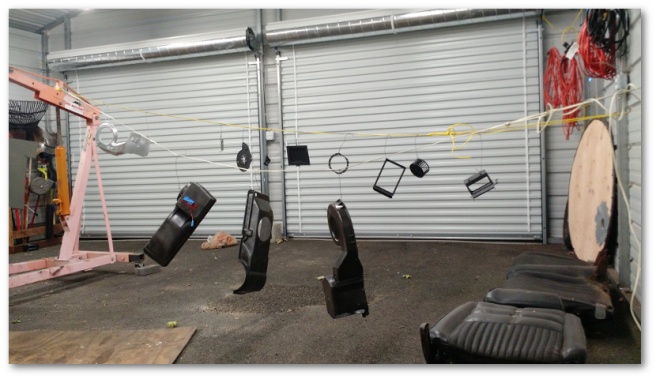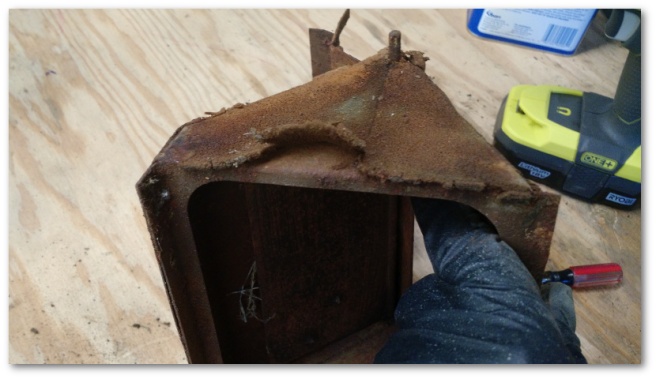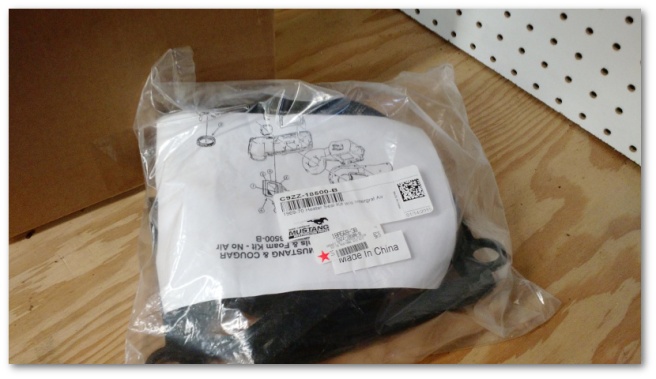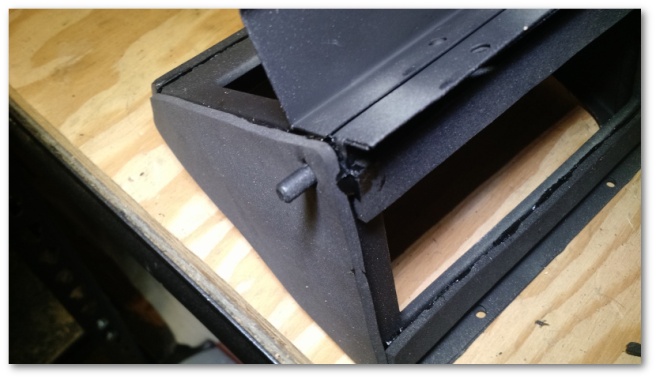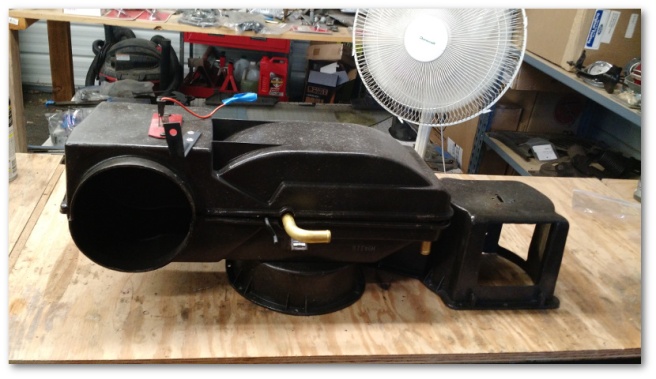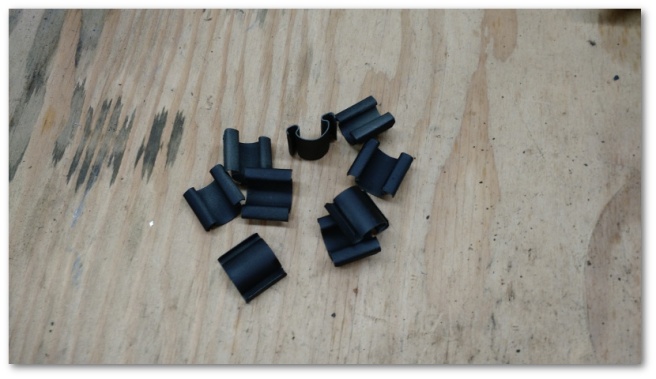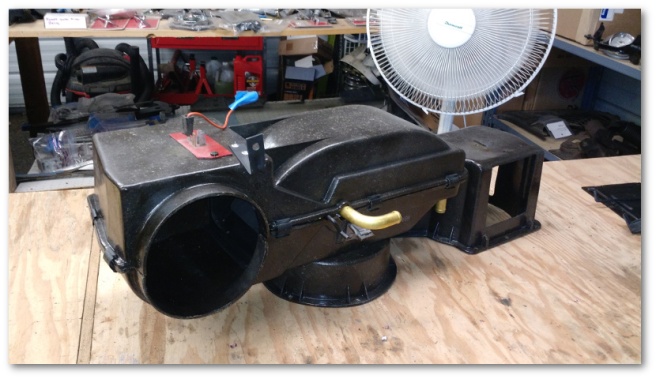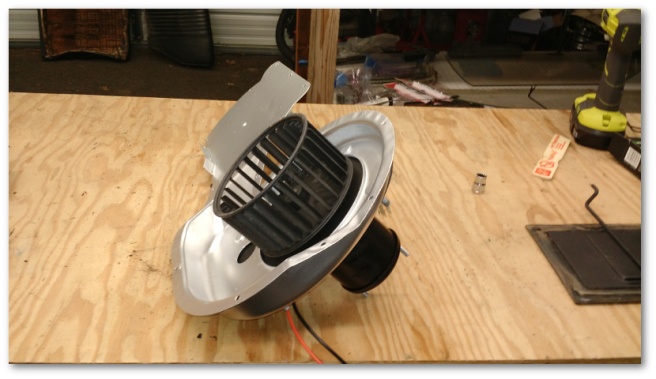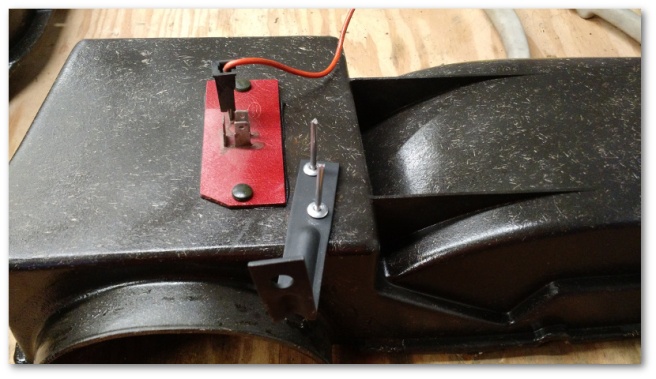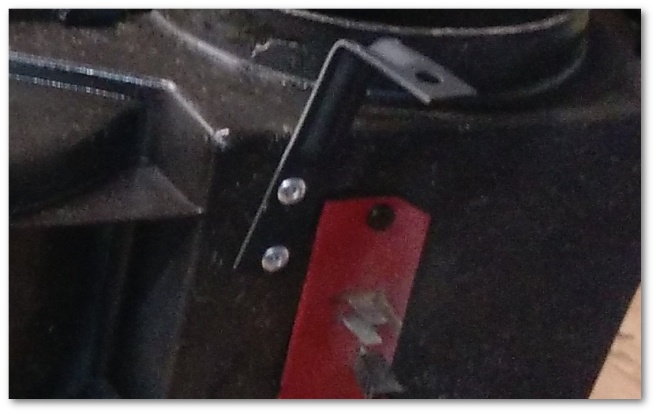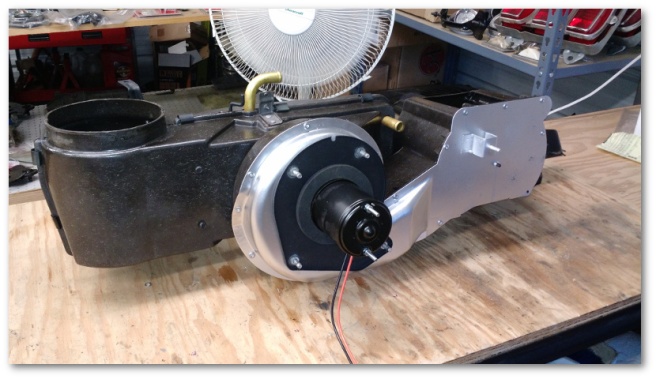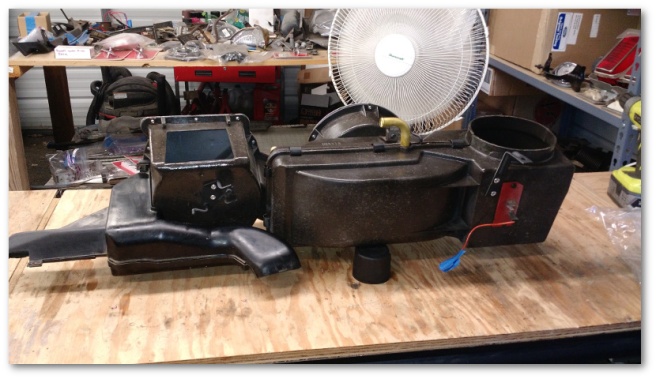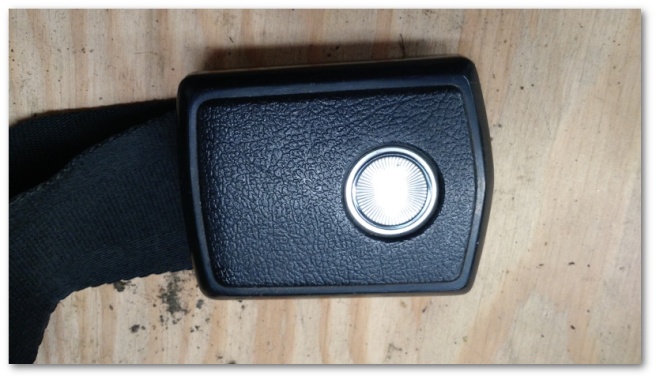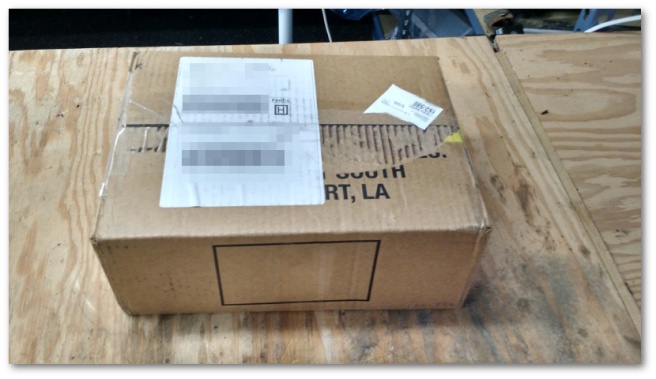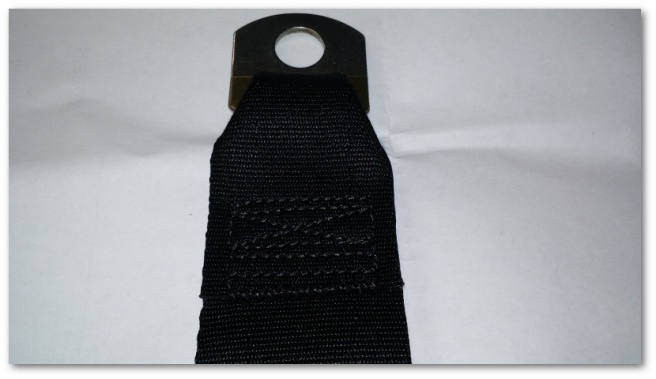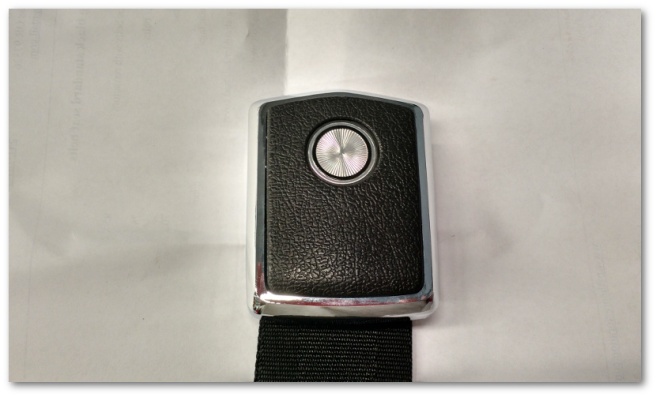We are gathered here today to acknowledge with insipid grief the death of the whale.
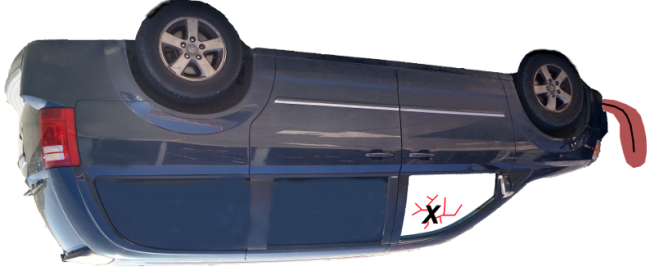
Lest we forget all the joy the whale brought to our lives, we remember now all the memorable times it gave us in the five short years it was with us:
- The very first day it was home it puked up a quart of oil on the garage floor
- The power sliding door broke
- One of the upper control arms needed to be replaced
- One of the tie rods needed to be replaced
- One of the wheel bearings needed to be replaced
- The light on the lift gate didn’t work unless you knocked on it first
- The third brake light stopped working
- The tire pressure sensors stopped working
- The high-pressure power steering hose leaked
- The intake manifold leaked
- The driver’s side power seat ran over its own power line and broke
- The driver’s power door lock broke
- It needed a recall for its ignition key slot
- The front brake rotors warped themselves to replacement
- It needed a recall for its airbags
- The battery died
- The heater hose assembly broke
- The exhaust gas recirculation valve broke
What? Hmmm… Sorry, I’m being told to move along. As we all know, there were more “memorable times” the whale brought to our lives but we shall reminisce individually upon those later.
Two weeks ago, the whale was faced with what would be the biggest challenge of its, uh… “memorable” life:
Yes, our beloved whale had the beginnings of a transmission failure at the early age of 112,000 miles. Now I ask you all. Do you think our whale took this failure lying down? Do you think our hero would let a simple transmission failure take him out of the game? Do you think this was anything more than another memorable speed bump in the life of our beloved whale? Do you?
No? Uncle Eddie, go home – you’re drunk.
The failure of the transmission was the final straw. The problem got worse and worse to the point where the whale would barely reverse at all. A remanufactured transmission was $4,000 to obtain and install – and was apparently back ordered for up to a month.
Now there are those that might ask why a transmission would fail at 112,000 miles or its replacement be back ordered for so long. I say question not! It is obviously a coincidence that a perfectly well designed and manufactured transmission such as the one in our beloved and reliable whale would be back ordered. Pay no attention to the service history behind the curtain!
Finally, it should be noted that in the midst of our sorrow, this death takes place in the shadow of new life, the sunrise of a new car; an ownership that our beloved whale gave his $500 trade in to protect and nourish:
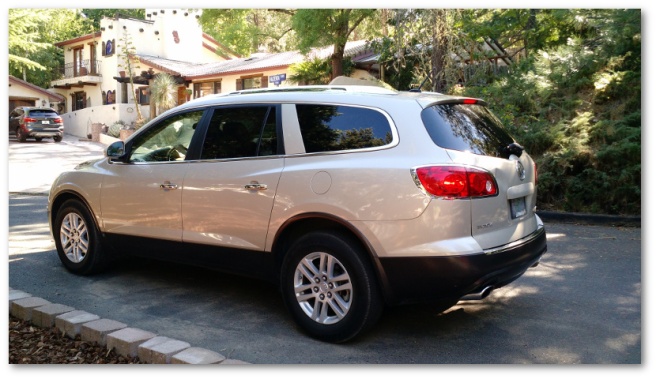
In closing, I would like to acknowledge that I do not possess adequate vocabulary to express the sadness and grief in our hearts. In searching for solace, I uncovered a video of one of one of our nation’s leading philosophers expressing an emotion similar to that which we all today face. His message moved me. His feelings ring true. I leave you with his words:
Jimmy, roll tape:
The whale is dead. Let us each mourn in our own way. The open bar is down the hall to the right.

